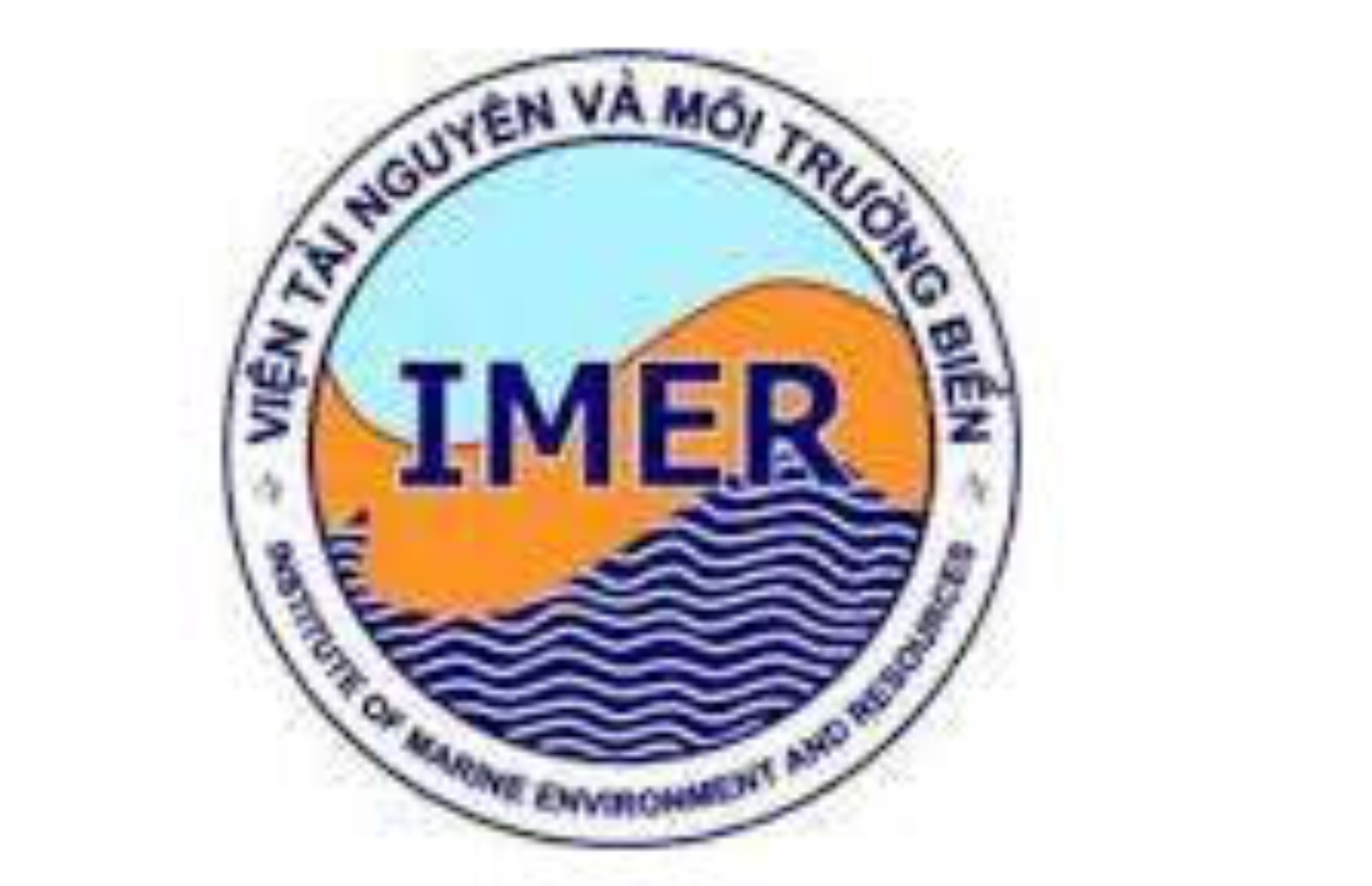The Vietnam national seismological network: establishment and development
Author affiliations
DOI:
https://doi.org/10.15625/1859-3097/17/4B/13007Keywords:
Seismic station, seismic instrument, earthquake mornitoring, Vietnam.Abstract
In this article, by combining/following previous publications, we summarize the history of nearly 100 years of development of the Vietnam seismological network and its achievements in earthquake monitoring and seismological research to contribute to prevention and mitigation of natural disasters and sustainable development of the country. Earthquake observation in Vietnam has gone through many stages of development, the first seismic station was established in Sapa by the French in 1924. In the years of 70-80s of the 20th Century, the earthquake monitoring network of Vietnam consisted of 7 stations, including five stations distributed in the Northern part (Phu Lien, Sa Pa, Bac Giang, Hoa Binh, Tuyen Quang) and two stations located in the south (Nha Trang and Da Lat). In the period from 1990 to 2005, the national seismological network with 24 digital seismographs and short-period sensors was created and distributed throughout the country. Today, earthquake monitoring in Vietnam has made great progress, the new seismological network with 30 broadband stations with advanced earthquake monitoring technology been established completely in 2017. The international cooperation on earthquake monitoring and seismological research is always promoted and expanded, over the past 60 years, IGP has collaborated with many scientific organizations from different countries such as Russia, France, China, Japan, Poland, The United State of America,... and prestigious international organizations as UNDP, PTWC, CTBTO, IRIS, ADPC, RIMES,.. Through these cooperations, many research projects have been done and Vietnamese seismologists have been trained and educated at different levels that help to improve their knowledge earthquake monitoring and seismological research. Besides operating the national seismological network, some local seismic networks have also been established by Institute of Geophysics for many years to monitor and study induced seismicity in some reservoirs of hydropower dams such as Son La, Hoa Binh, Tri An, Yaly, Song Tranh, Lai Chau, Huoi Quang, Ban Chat,...
Downloads
Metrics
References
Trần Quang Khóa và Lê Tử Sơn, 1997. Mạng lưới trạm địa chấn và phương pháp xác định các thông số cơ bản của động đất. Thành tựu nghiên cứu vật lý địa cầu. Nxb. Khoa học và Kỹ thuật, Hà Nội.
Havskov J. and Lars Ottemöller, 2008. The earthquake analysis software (SEISAN), Department of Earth Science University of Bergen, Allégaten 41, 5007 Bergen, Norway.
Nguyễn Đình Xuyên và nnk., 2004. Báo cáo tổng hợp kết quả khoa học công nghệ đề tài độc lập cấp Nhà nước “Nghiên cứu dự báo động đất và dao động nền ở Việt Nam”. Thư viện Viện Vật lý địa cầu.
Nguyen Anh Duong, 2008. Seismic activity and earthquake monitoring capability of seismic station network in Vietnam. In final report of JICA trainning course “Operating Management of Earthquake, Tsunami, Volcano Eruption Observation system” in 2007-2008 at Nagoya University, Japan.
Geofon and Gitews, 2009. SeisComP3 Manual. Regonal Training Course on Seismological Communication Proccessor (SeisComP3). 25-29 May 2009, Bangkok, Thailand.
Slawomir J. Gibowicz, Niewiadomski, Pham Van Thuc, 1987. Source study of the Tuan Giao, Viet Nam earthquake of 24 June 1983. Acta Geophysics Polonica, Vol. XXXV, no.1.
Lê Tử Sơn, 2008. Quan sát động đất Việt Nam, hiện tại và tương lai. Tuyển tập các công trình nghiên cứu vật lý địa cầu 2008.
Hà Thị Giang và nnk., 2012. Xây dựng mô hình cấu trúc vận tốc vỏ quả đất 1D cho khu vực Tây Bắc Việt Nam. Báo cáo đề tài cơ sở Viện Vật lý địa cầu năm 2012.
Lê Tử Sơn và Đinh Quốc Văn, 2008. Thang năng lượng động đất địa phương (ML) khu vực Tây Bắc Việt Nam. Tạp chí Các khoa học về trái đất, 30(1), 345-349.
Le Minh Nguyen et al., 2011. The first ML scale for North of Vietnam. Journal of Asian Earth Sciences 40, 279-286.









